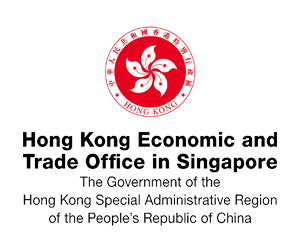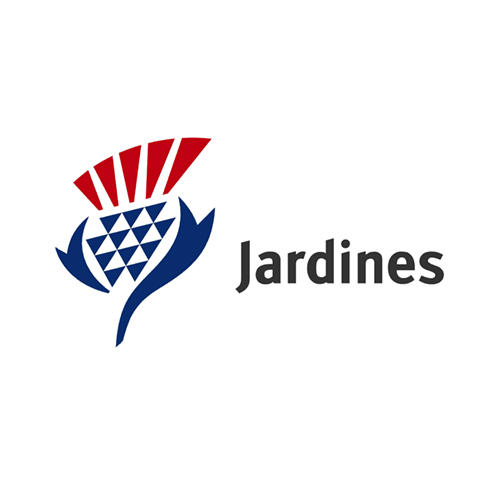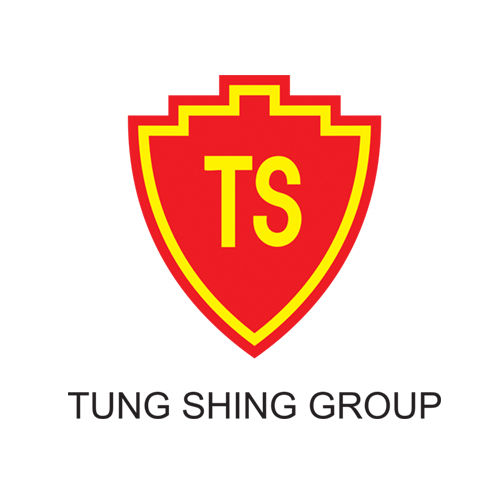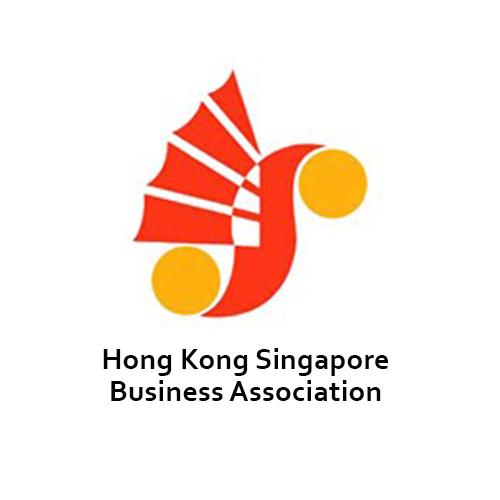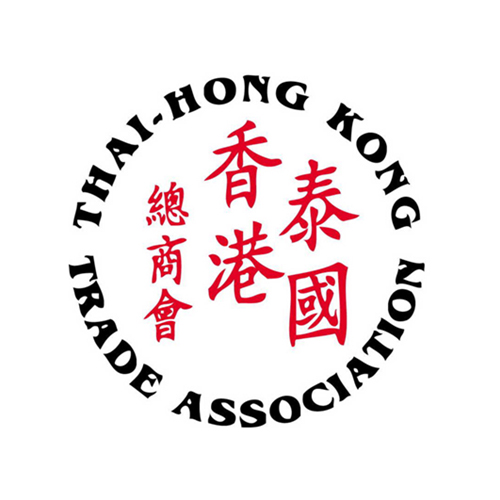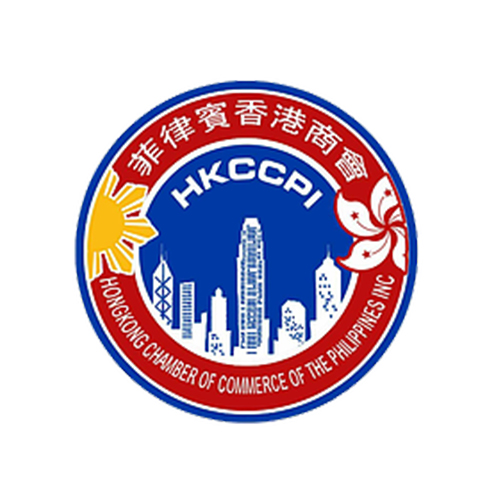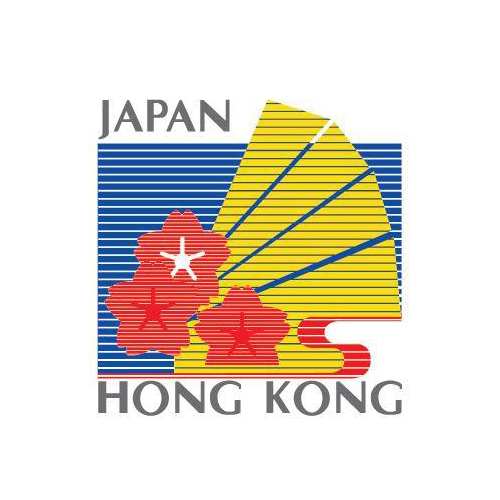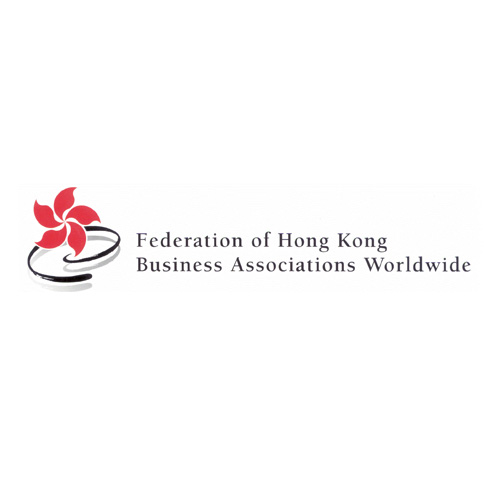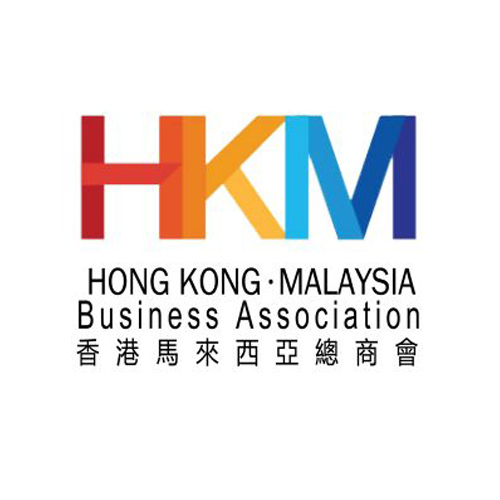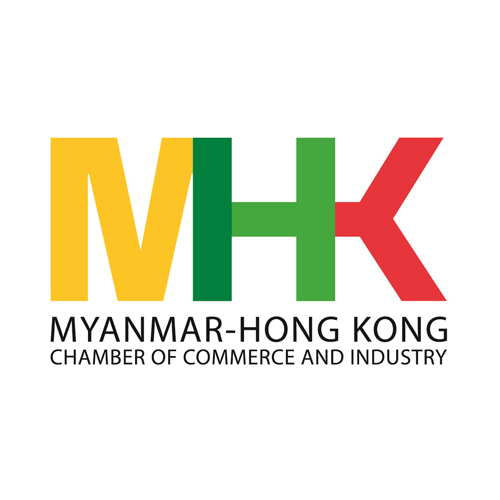Want to be in the loop?
subscribe to
our notification
Business News
TEXTILE APPAREL SECTOR LOSING ADVANTAGE IN PRICE COMPETITION
Many producers in the textile apparel sector are on tenterhooks as export orders are increasingly shifting to other countries like Bangladesh or India for more favourable pricing. Thanh Cong Textile Garment Investment and Trading JSC (TCM) incurred shortages of export orders from the second quarter (Q2) of this year, leaving its factories running below their capacity.
Tran Nhu Ting, chairman of TCM, revealed that the reopening of the Chinese market had resulted in an augmented supply, fuelling competition, while demand had yet to increase.
“The local textile and apparel sector faces stiff competition from Bangladesh where the labour cost is low, and its home currency is depreciating stronger than Vietnam’s dong,” said Tung.
At the annual general shareholders meeting (AGM) 2023 of state conglomerate Vinatex over a month ago, chairman Le Tien Truong noted that the current wage of labourers in the sector fetches around $300 per capita per month, much higher than that of Bangladesh at $95 per capita per month.
Pham Van Viet- deputy chairman of Ho Chi Minh City Association of Garment Textile Embroidery and Knitting, added that aside from lower labour costs, Bangladesh has reached 4.0 technology with high automation in this sector, while most equipment and technology in this sector in Vietnam was at the traditional level.
He said that in Bangladesh, the textile apparel sector was being oriented as a spearhead sector for investment, so that businesses in the sector were eligible for reduction and exemption of corporate income tax and tax for technology innovation, whereas in Vietnam, the sector was deemed as traditional and labour-intensive, and was no longer considered a spearhead sector as in the past.
The current incentives offered to producers are therefore insignificant. In this context they are deploying a suite of measures to bolster development.
At Viet Thang Jean Co., Ltd., after struggling in H1, the company is stepping into Q3 with boosted competitiveness as its products had acquired ‘green’ standards from materials to technology, coupled with better pricing thanks to digital transformation.
A company representative said that Viet Thang Jean had applied Technology 4.0 into complex phases leveraging cutting-edge equipment like laser and ozone machines, colour sprayers, automated drying lines, and others.
All the equipment items have been imported from Europe, helping to save manpower cost by 85 per cent, leading to a lower price.
Tong Thi Tra My, deputy CEO of Navitex International Co., Ltd., unveiled that the company was coming up with a wide range of cost-saving measures, such as curtailing 30 per cent of office operation cost, slashing 30 per cent of manpower and sheering 20-30 per cent in profit to enhance competitiveness for each item.
Source: VIR
Related News

GOLDEN DEAL, KNOCK-DOWN OFFER
Are you ready for a fun-filled family vacation. Don't miss the super attractive Family Staycation package at Becamex Hotel. 2 days 1 night package with full amenities and free activities: Buffet breakfast, Swimming, tennis, bicycle, gym, sauna, cool ice cream, 300.000 VND service voucher and many other offers! Contact now for detailed advice.

"BEARY CHRISTMAS" CHARITY PROGRAM
As the Festive Season approaches, Caravelle Saigon, in collaboration with VinaCapital Foundation (VCF), is bringing a heartwarming charitable initiative to life — and we are delighted to invite all HKBAV members to take part in the very first “Beary Christmas” Charity Program. By adopting a Caravelle Bear for VND 299,000 nett, you will be directly supporting children battling cancer in Vietnam through VCF’s Can-Care/Can-Clover Program.

SOILBUILD INTERNATIONAL WINS “BEST INDUSTRIAL DEVELOPMENT” AWARD FOR SPECTRUM NGHE AN AT THE PROPERTYGURU VIETNAM PROPERTY AWARDS 2025
Soilbuild International is pleased to announce that its project, Spectrum Nghe An, has been awarded Best Industrial Development at the PropertyGuru Vietnam Property Awards 2025, held on 24th of October 2025, in Ho Chi Minh City. The PropertyGuru Vietnam Property Awards is part of the prestigious PropertyGuru Asia Property Awards series, the largest and most respected real estate awards programme in Asia.
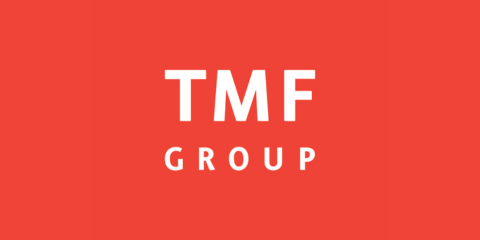
WEBINAR: 2025 VIETNAM KEY TAX FINALISATION, UPDATES ON TAX CHANGES AND GLOBAL MINIMUM TAX
Dear Valued Client,We would like to invite you to our webinars on Friday, 12 December 2025, and Tuesday, 16 December 2025, to review and learn about key 2025 tax finalisation topics and stay ahead with the latest tax changes.
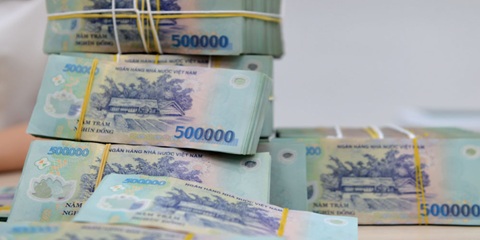
NEW ECONOMIC POLICIES EFFECTIVE THIS DECEMBER
Government Decree 304/2025, effective December 1, sets stricter conditions for seizing collateral, especially assets that are a borrower’s sole residence or essential work tools. In such cases, lenders must set aside a compensation amount equivalent to six to twelve months of minimum wage. The measure aims to improve transparency in bad debt handling and reduce credit risk in the banking system.

QUANG NINH TARGETS VND58 TRILLION IN TOURISM REVENUE
Quang Ninh Province is aiming to generate VND58 trillion in tourism revenue this year after surpassing its goal of 21 million visitors, driven by new tourism products, expanded nighttime activities, and large-scale events. As of mid-November 2025, Quang Ninh had welcomed 21.28 million visitors, up 12% year-on-year. Tourism revenue reached at least VND57 trillion, a 22.46% increase from the same period last year. With its visitor target achieved, the province is now pushing toward its revenue goal of VND58 trillion.
